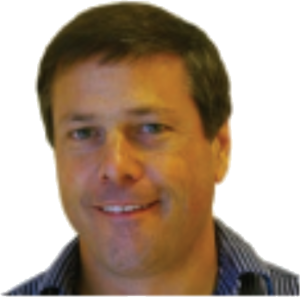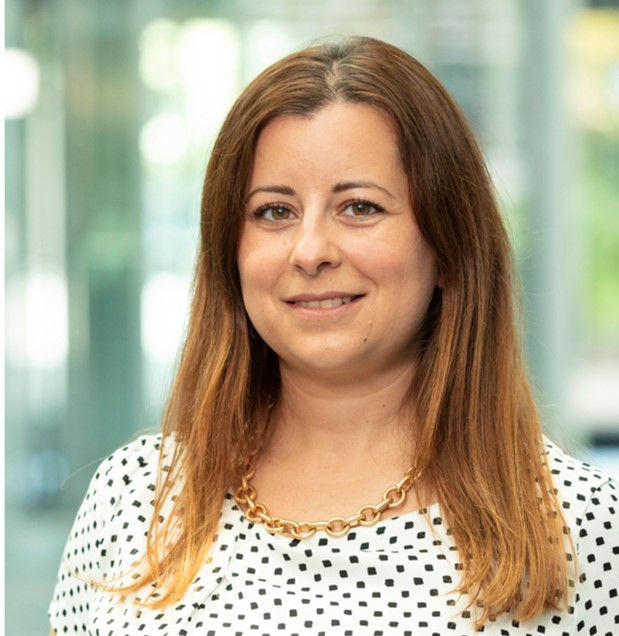Understanding Noise Figure: Practical Aspects of Measuring Noise Figure on a VNA using the Cold Source Technique
IEEE North Jersey Section Co-Sponsors the TALK: "IUnderstanding Noise Figure: Practical Aspects of Measuring Noise Figure on a VNA using the Cold Source Technique"
This webinar covers the practical aspects of measuring noise figures on a vector network analyzer (VNA) using the cold source technique. It builds on the concepts introduced earlier in this noise figure series. First, we review the method of the cold source noise figure measurement, pointing out the various parameters the VNA needs to measure in order to calculate the noise figure. This leads naturally to a discussion of measurement challenges, where we find some things are easy to control and measure while others are more difficult. We introduce best practices and techniques for each task to improve the noise figure measurement results. Demonstrations follow, where the instrument is configured for a noise figure measurement, then calibrated, and finally, the noise figure of a low noise amplifier is measured.
Date and Time
Location
Hosts
Registration
-
 Add Event to Calendar
Add Event to Calendar
Loading virtual attendance info...
- Contact Event Hosts
-
Ajay Poddar (akpoddar@ieee.org), Edip Niver (edip.niver@njit.edu), Durga Mishra (dmisra@njit.edu), (Anisha Apte (anisha_apte@ieee.org)
- Co-sponsored by IEEE North Jersey Section
Speakers
Michael (Mike) Leffel of Rohde & Schwarz
Understanding Noise Figure: Practical Aspects of Measuring Noise Figure on a VNA using the Cold Source Technique
This webinar covers the practical aspects of measuring noise figures on a vector network analyzer (VNA) using the cold source technique. It builds on the concepts introduced earlier in this noise figure series. First, we review the method the of the cold source noise figure measurement, pointing out the various parameters the VNA needs to measure in order to calculate the noise figure. This leads naturally to a discussion of measurement challenges, where some things are easy to control and measure while others are more difficult. Demonstrations follow, where the instrument is configured for a noise figure measurement, then calibrated, and finally, the noise figure of a low noise amplifier is measured.
Biography:
Michael (Mike) Leffel is a member of the product planning team at Rohde & Schwarz, with a focus on Vector Network Analyzers. Mike works with customers and the internal Rohde & Schwarz R&D team to define future products and measurement techniques. Prior to his 15 years at R&S, he worked at Andrew for five years and at Motorola for 12 years, designing cellular base station transceivers and amplifiers. As a Principal Staff Engineer, his research focused on feedforward and pre-distortion architectures of Doherty power amplifiers. Mike has published a number of application notes and articles and currently holds 12 US Patents. He received the B.S degree in Electrical Engineering from the University of Wisconsin – Madison in 1989, and the M.S degree in Electrical Engineering from the Illinois Institute of Technology in 1993 land, and Benelux.
Address:Rohde & Schwarz,
Noha Ibrahim of Rohde & Schwarz
Fundamentals of oscilloscopes
The oscilloscope is a vital tool on every test bench, so mastering it can help you save time and achieve accurate measurements. In this webinar, our experts will cover oscilloscope fundamentals, demonstrating proper operation techniques and highlighting parameters to be mindful of when performing measurements. They will delve into critical topics such as bandwidth, acquisition rate, blind time, memory, and triggering, explaining how these specifications impact signal representation and measurement accuracy.
In this webinar, the following will be discussed:
- Basic oscilloscope operation
- How to choose the correct sample rate and bandwidth
- How a high acquisition rate and low blind time impact the quality of your measurements
- How much memory does an oscilloscope need, and what are the benefits of deep memory
- The most critical parameters and triggering tips
Biography:
Noha Ibrahim has been working for Rohde & Schwarz since 2020 as a product manager specializing in oscilloscopes. Before joining Rohde & Schwarz, she worked in the wireless communications industry for over 15 years. She holds a bachelor's degree in electrical engineering from the American University of Beirut and a master's degree in wireless communications from the University of British Columbia.
Address:United States



